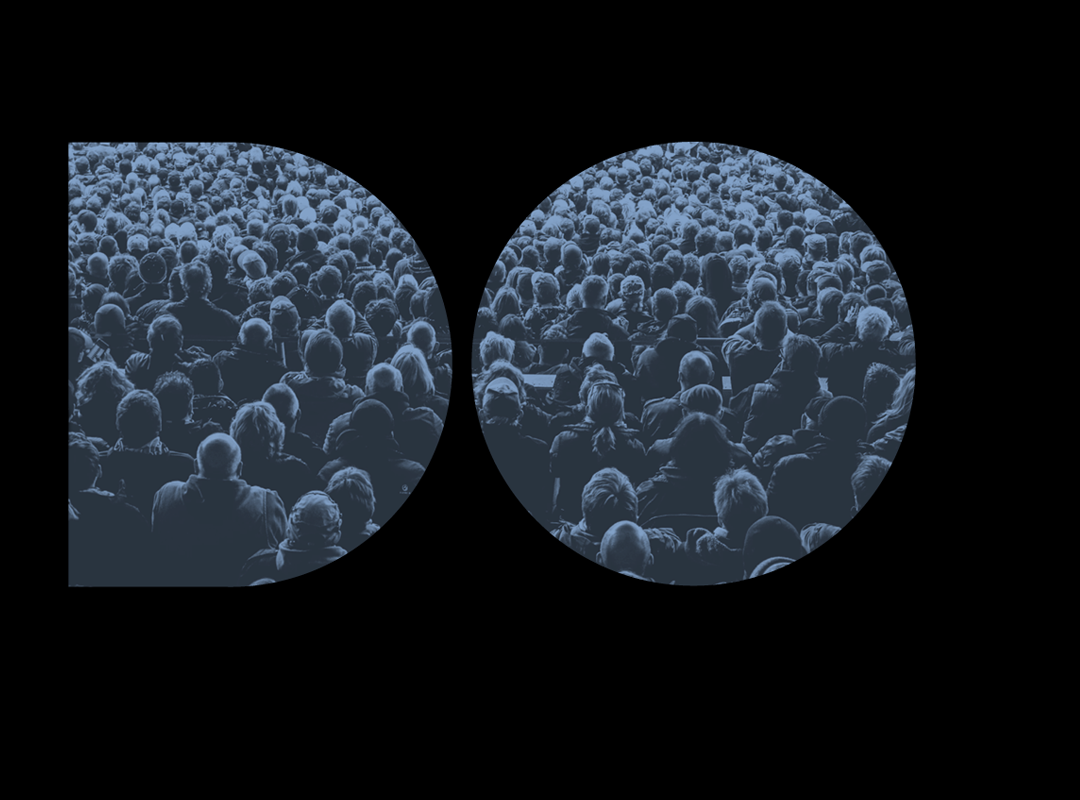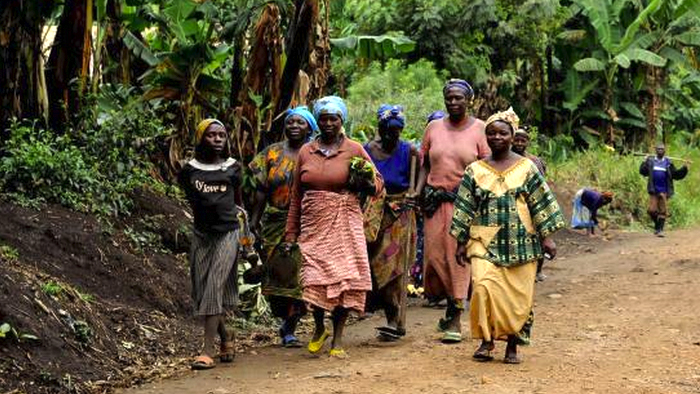
February 13, 2015
Learning from South Africa
But unlike the center of Rome, District Six, which had once been a lively and heterogeneous neighborhood, is now a vast, desolate area, largely avoided by many Capetonians. Although some revitalization has been attempted, the roughly two-hundred-acre site is still scarred by the history of apartheid: it remains a place where some 66,000 people were forcibly cleared from their homes in the 1960s and ’70s. (The name “District Six” dates from 1867, though the area had been settled by freed slaves, immigrants and port workers earlier in the nineteenth century).

Much of District Six still bears witness to the devastation of apartheid. Recent resettlement has not erased the impact of the bulldozers. When Mendelsohn visited, she noticed that locals spoke of the area with fear, and young people deliberately avoided thinking about District Six as part of the future of Cape Town. Yet it is difficult, dangerous sites like District Six which hold the key to reinvigorating our cities. Mendelsohn was intrigued by the possibility of opening a new conversation about a place which many seemed determined to ignore.
Mendelsohn’s thesis project ultimately took shape as a book with a landscape viewer built into the back cover. Reading the text and holding the viewer, the visitor becomes an active participant in Mendelsohn’s “platforms for discourse.” The ensuing conversation is not just about District Six, but about how we construct the role of the designer: a lesson from Cape Town that is applicable around the world.


The DesignIndaba conference runs February 25–27 in Cape Town. Design Observer is a Media Partner for DesignIndaba 2015.
Observed
View all
Observed
By Victoria Solan
Recent Posts
Candace Parker & Michael C. Bush on Purpose, Leadership and Meeting the MomentCourtney L. McCluney, PhD|Essays
Rest as reparations: reimagining how we invest in Black women entrepreneurs Food branding without borders: chai, culture, and the politics of packaging Why scaling back on equity is more than risky — it’s economically irresponsible
